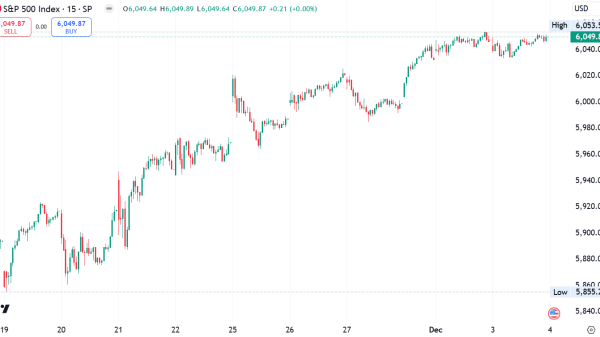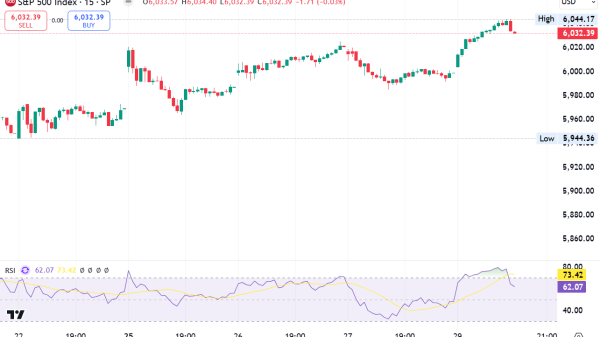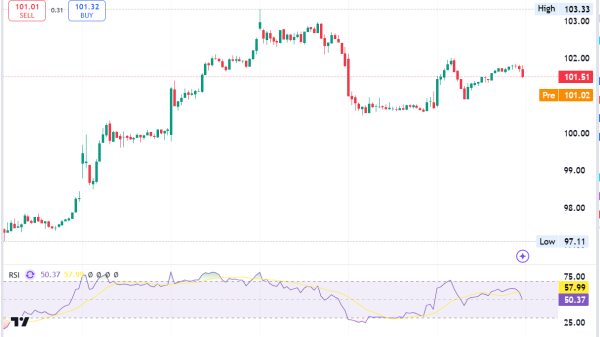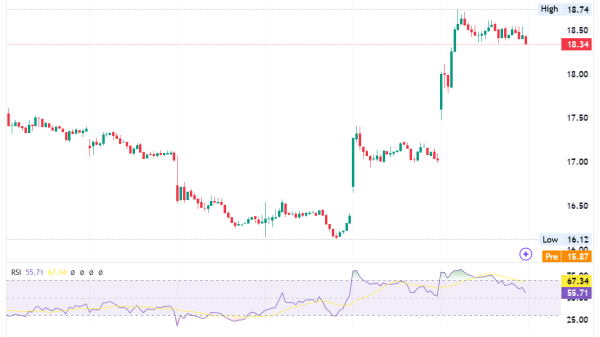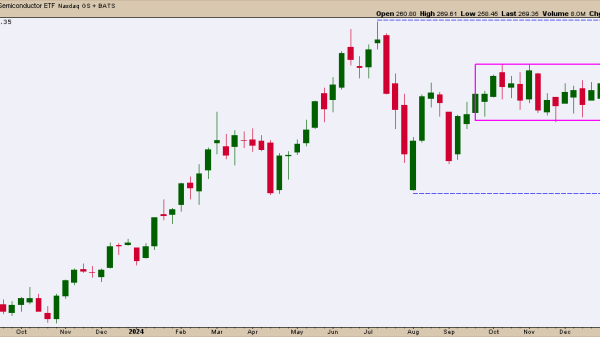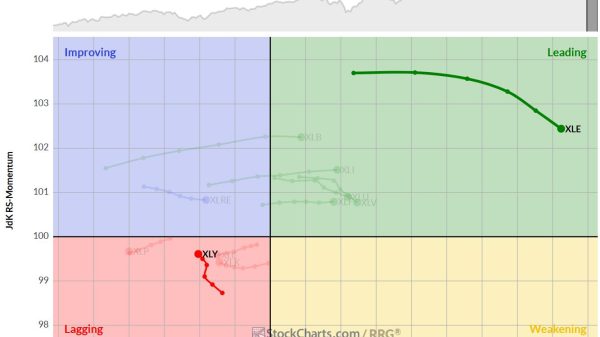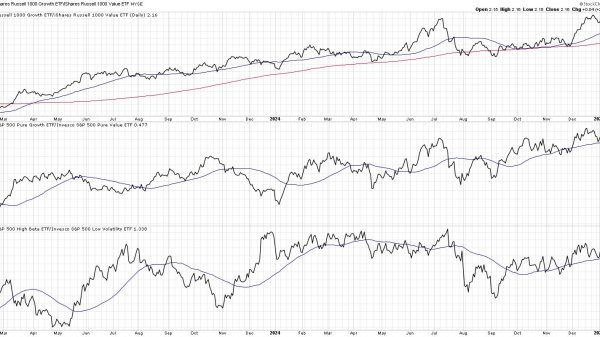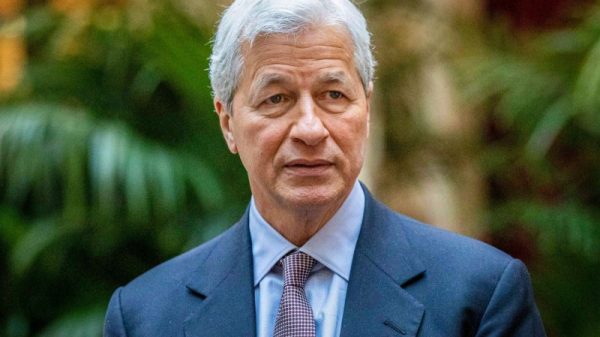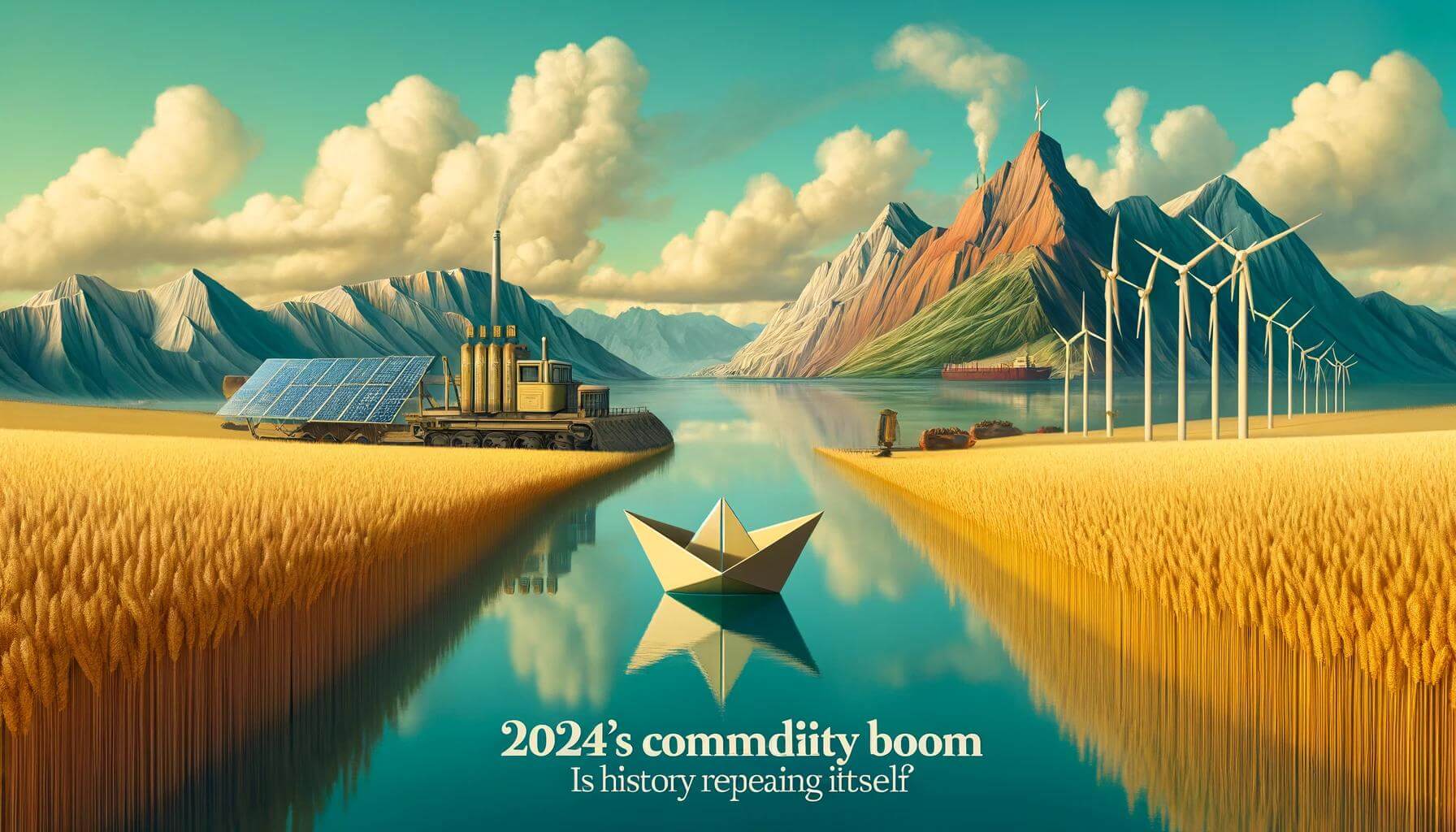2024’s Commodity Boom: Is History Repeating Itself?
The ebbs and flows of the commodities market offer a fascinating lens through which to view the cyclical nature of the global economy. From the headwinds of the past to the supportive winds of the present, commodities’ journey is a testament to the enduring principle that history often repeats itself, albeit with new nuances each time. This exploration into the commodities market dissects its past performance drivers and market significance, while also delving into its future by analyzing sector performances, inflation scenarios, and market sentiment.
2010s: A Shift Towards Renewable Energy
The 2010s were characterized by a range of challenges for commodities. This period was marked by a sluggish global economic recovery post the 2008 financial crisis, which dampened demand across several sectors. Technological advancements during this decade improved extraction and production efficiencies, further pressuring prices by reducing the cost of supply. Moreover, the decade saw a significant pivot towards renewable energy, which impacted demand for traditional energy commodities like oil and coal, presenting considerable headwinds for the sector.
Commodities Resurgence: The Modern Economy’s Pillar
Contrastingly, the recent years have witnessed a supportive environment fostering growth and interest in the commodities sector. Analysts primarily attributed this resurgence to the global commitment to electrification and renewable energy. Infrastructure developments, particularly in China, have significantly influenced the demand for commodities. China’s industrial expansion has consumed massive quantities of metals. It has also propelled the global shift towards electrification technologies, underscoring commodities’ pivotal role in the modern economy.
Essential Commodities Driving the Economy
Commodities, as real assets, are foundational to economic development. They encompass a broad range of essential materials, including metals, energy sources, and agricultural products. The supply and demand dynamics of the latter directly reflect the health and trends of the global economy. The Bloomberg Commodity Index (BCOM) serves as a global benchmark for this sector, providing insights into the performance of major commodities worldwide.
BCOM’s Shift: Metals & Energy’s Rising Influence
The Rise of Metals
Within the BCOM, metals have seen an increased weighting, highlighting their growing significance. This is largely driven by the expansion of China’s industrial capabilities and the global focus on renewable energy and electrification technologies, which demand significant quantities of industrial metals.
The Energy Paradigm
Energy commodities, with WTI and Brent crude at the forefront, remain key constituents of the BCOM. The energy sector’s dynamic became vividly clear when WTI prices plunged into negative territory in April 2020. This historic event underscored the volatile nature of this market and increased Brent’s prominence in the index.
Agriculture’s Shifting Sands
The agriculture sector has witnessed a decrease in its relative weight over time within the BCOM, reflecting a broader shift in global economic priorities towards more industrial-focused commodities.
Inflation and Commodities: Echoes of the Past
In the current economic landscape, marked by rising inflation concerns, commodities are notably underrepresented in investment portfolios. This scenario mirrors the inflationary periods of the 1960s and 1970s when they proved to be effective hedges against unexpected inflation. Thus, their current low exposure might represent a missed opportunity for investors.
2024’s Commodity Market: Cautious Optimism
The market sentiment towards commodities in the first quarter of 2024 is one of caution, as evidenced by historical lows in long positioning. The market has seen short positions in grains and natural gas contribute to price decreases, reminiscent of the sentiment levels during the COVID-19 recession. Low net long positioning in major commodities (crude oil, copper, and goll) further highlight the cautious outlook, indicating a wary stance among investors.
Soft Commodities Soar: 2024’s Surprise Gainers
Despite the broader market’s cautious sentiment, the soft commodities sector, encompassing coffee, cotton, and cocoa, has experienced explosive price appreciation. Notably, cocoa prices have reached record highs, marking the best quarterly performance in over 30 years. This remarkable growth in soft commodities highlights their potential as lucrative investment opportunities within the market.
Diversify with Commodities: Strategy for 2024
Investors often overlook commodities as an asset class for portfolio diversification, despite their historical significance and potential benefits. The current historic lows in commodities positioning contrast with their proven utility as tools for diversification and inflation hedging. Indexes like BCOM and BERY offer avenues for exposure to this asset class. Thus, they provide investors with mechanisms to hedge against inflation and achieve portfolio diversification.
Forecasting 2024: Commodities as Economic Telltales
Commodities prices are key indicators of global economic health. They also play a significant role in influencing inflation readings. Their fluctuations shed light on the global supply and demand balance. Essentially, they act as a barometer for economic activity and consumer demand.
Take, for example, the movement in oil prices. A rise in oil prices may suggest increased industrial activity or higher transportation demand. Conversely, a decline in metal prices could signal a slowdown in construction or manufacturing.
Currently, market trends are showing a decrease in volatility. There is also a historical low in commodities allocation. These factors may indicate potential price inflection points due to extreme positioning. Interestingly, this scenario mirrors past cycles. In those times, significant shifts in their markets often came before broader economic changes. Therefore, it’s wise for investors and analysts to keep a close eye on these indicators.
Moreover, there’s a strong link between commodities prices and inflationary pressures. Spikes or drops in prices can signal changes in consumer prices. Such movements have implications for monetary policy decisions. Hence, understanding these trends is crucial. It helps in anticipating future economic conditions. For investors seeking to hedge against inflation, this knowledge is invaluable. Policymakers also rely on it to assess economic health.
Adapting to 2024: Sector Shifts in Commodities
Energy Transition and Metals Demand
The global shift towards renewable energy and electrification has significantly increased the demand for industrial metals, marking a critical transition in the commodities market. This shift reflects broader trends in energy consumption and production, emphasizing the evolving nature of global economic priorities.
Crude Oil Futures and Market Dynamics
The disparity in trading volume growth between WTI and Brent crude highlights the dynamic and often unpredictable nature of the energy sector within the commodities market. This disparity underscores the importance of monitoring market trends and sentiment for informed investment decisions.
The Inflation Dialogue: A Historical Comparison
The current dialogue around inflation, drawing parallels with the inflationary periods of the 1960s and 1970s, highlights the complex interplay between economic growth, employment, and commodity prices. This comparison suggests that traditional Federal Reserve policies may not fully address the nuances of inflation dynamics, highlighting the need for a multifaceted approach that considers commodities’ role in the broader economic ecosystem.
Looking Ahead: Commodities in the Global Economy
The commodities market, with its inherent cyclical nature and significant impact on global economic conditions, offers critical insights into both historical and future economic trends. As we observe history repeating itself through the evolving dynamics of the latter, it becomes clear that a deep understanding of these cycles is essential for navigating the future. By strategically incorporating commodities into investment portfolios, investors can not only hedge against inflation but also leverage these assets for diversification and growth, preparing for the cycles yet to come.
The post 2024’s Commodity Boom: Is History Repeating Itself? appeared first on FinanceBrokerage.

